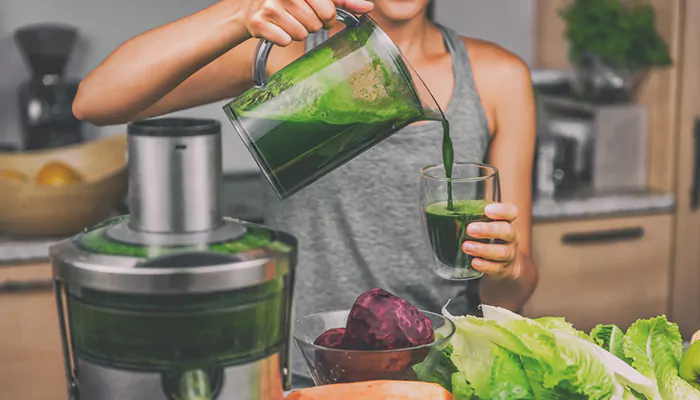
Superfoods are synonymous to a power-house of nutritional value: minerals, vitamins, and antioxidants, which should be consumed in the scalding heat of Indian summer
These superfoods found their way into innumerable delish Indian cuisines in the antiquated kitchens of the subcontinent and have ever since stayed as a crucial part of a healthy gut, vital organs, skin, hair and overall well-being. Since the beginning of times, these foods have been used as a shield against summer ailments and other seasonal woes.
Indian Gooseberry
Amla or Indian gooseberry has been an Ayurvedic essential since time immemorial. Comes after quinoas and kales of the world, gooseberry has never really faded out of trend as far as diet and lifestyle are concerned. Amla looks after skin health which bears most of the brunt as the heart sears up. The Vitamin C content in amla looks after heart health and the immune system, while the fibre content cares for gut and digestion issues. Be sure to regulate the quantity since an overwhelming amount could cause acid.
Consumption of Indian Gooseberry:
The berries could be eaten raw by sprinkling on chutneys and drinks or boiled. Boiling enhances the body’s ability to absorb the berry and removes bacteria and other impurities. Amla pickle is a beloved side-dish in many Indian states. People who are inclined towards the spicy and zesty go for amla murabba: a curious combination of sweet and spicy with a pinch of jaggery syrup.
Holy Basil Seeds
Tulsi is considered to be a sacred herb in the subcontinent and its nutritional values cannot be stressed enough. The seeds are blessed with an abundance of healthy fats, fibre, protein, and minerals like magnesium, iron, and calcium. Basil seeds promote digestion and reduce stress levels which are often messed up during summer.
Consumption of Holy Basil Seeds:
Soak the leaves for about 15 minutes in warm water before adding them to curries, drinks (such as lemonade, melon lemonade, and coconut water lemonade), and desserts. An alternative and fun option is basil seed porridge. This porridge is often topped off with nuts, berries, and other seeds for a more wholesome experience.

Coconut, The Tropical Favourite
Coconut water is an amazing superfood especially when you feel dehydrated, lethargic, and restless in the summer. The nut contains essential vitamins C, E, and B-complex along with magnesium, iron, and potassium—indispensable to supporting overall health, boosting immunity, and maintaining healthy skin and hair. Coconuts preserves heart health.
Consumption of Coconut:
Besides drinking its water, sliced coconuts and coconut milk make lip-smacking curries. It gives you the window to eat different nourishing veggies and ingredients such as sweet potatoes, broccoli, green beans, bell peppers, and turmeric. Some other variations of the easy-to-make coconut curry, high on nutrition and light on spices, need barely 30 minutes. You can have it with rice.
Ambadi: The Natural Source of Folic Acid
Ambadi, colloquially known as gongura or sorrel, traces its popularity to the tribal villages of Telangana and Maharashtra where women would cook this green leafy vegetable. It has a slightly tangy taste and, in essence, comes in two varieties: green-steamed lead and red-steamed leaf. Ambadi boosts immune health with its abundance of vitamin C besides being a rich source of fibre. It is a potent remedy for high blood sugar, diabetes, and acidity: quite an antidote to many of us who rely on fast foods or deep-fried foods in the summer.
Consumption of Ambadi:
The leaves are used to prepare chutney, curries, dal, and pickles. In your daily diet, a pinch of ambadi veggies will surely bring about a tangy twist. Irrespective of how you prepare it, boil the leaves for ten minutes.












